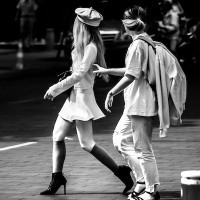Another M11 vs M10M question thread
-
Recently Browsing 0 members
- No registered users viewing this page.
-
Similar Content
-
- 4,925 replies
- 514,350 views
-
- 740 replies
- 81,104 views
-
- 1 reply
- 274 views
-
- 195 replies
- 21,101 views
-
- 3,170 replies
- 121,871 views
-


Recommended Posts
Join the conversation
You can post now and register later. If you have an account, sign in now to post with your account.
Note: Your post will require moderator approval before it will be visible.